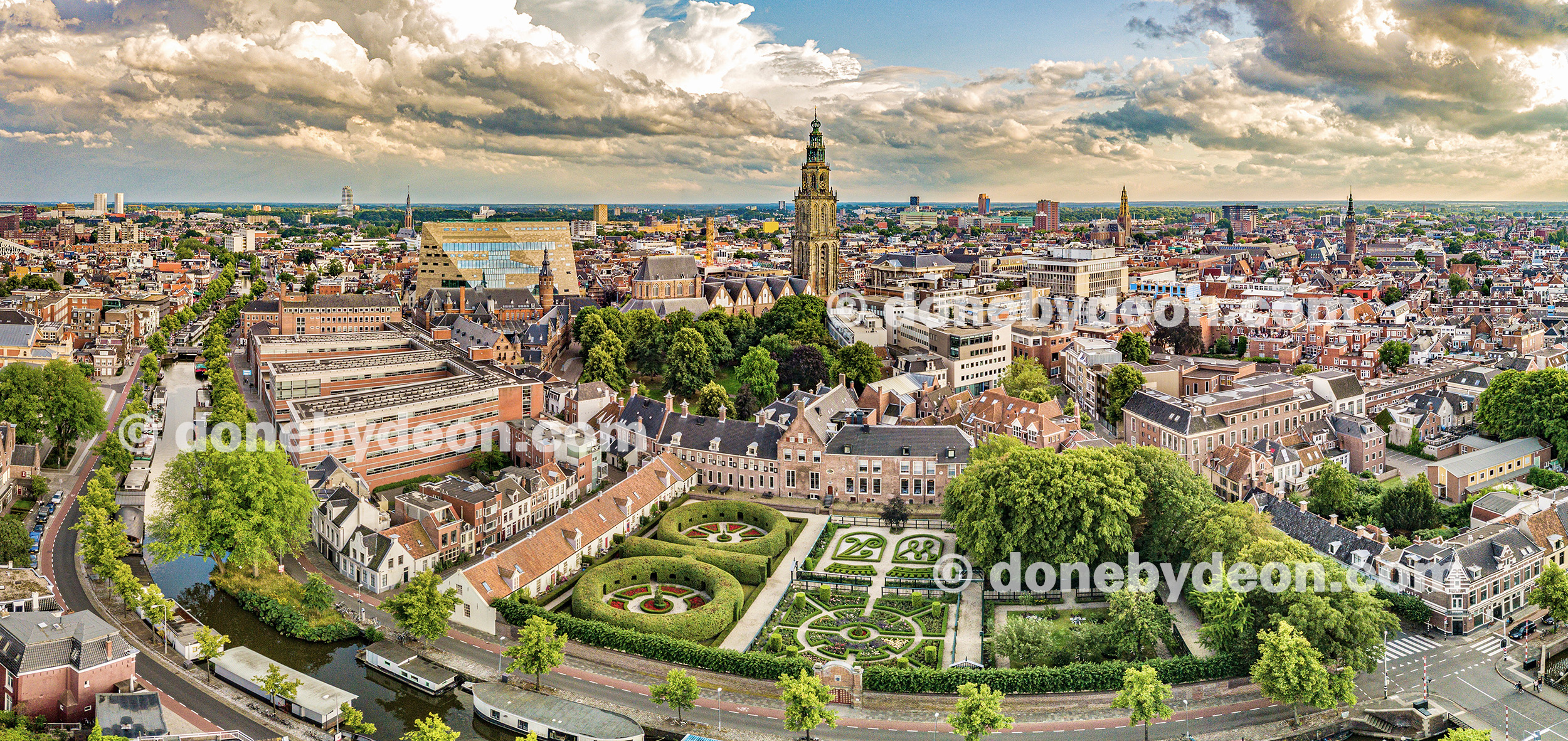
Overview
Paper Format (offline or online)
A paper presentation consists of 15 minutes presentation and 5 minutes discussion. We encourage presenters to plan their presentations in such a way that it will elicit a constructive discussion. Papers with similar topics are grouped into panels by the organizers.
Panel Format (only offline)
A panel is a coordinated set of papers, all dealing with a particular topic or issue. A panel includes a chairperson and 3 or 4 presentations, which may include a discussant (optional).
Poster Format (offline or online)
A poster is an opportunity to display information about completed or ongoing research. Young researchers in particular are invited to share work-in-progress by means of a poster. Offline and online* posters will be displayed through the duration of the conference, but also each day a designated offline session is scheduled in which participants can meet with authors to discuss their work. The presenting author must be present at least one full session.
* For online poster presentations, a printed poster is also displayed at the conference location.
Best poster award
The best poster will be awarded a special certificate and free registration for one person to the next IAPR conference. The posters will be evaluated by the conference’s scientific committee based on:
- the coherence of the content;
- the clarity of the message;
- the visual attractiveness of the poster.
Planning your poster
A poster should be complete and self-supporting so that different viewers may read at their leisure. The author should only need to supplement or discuss particular points raised during inquiry. Remember that several people of varying degrees of interest and experience may be viewing your poster at the same time. Therefore, you may wish to make your points as complete and brief as possible.
Offline poster dimensions should not exceed 90x120cm (35.43×47.24 inches). Posterboards are 96cm wide x 138cm high (37.8×54.33 inches). Note that this corresponds to a “portrait” orientation. Both for offline and online posters the most effective use of the space would be in a grid plan arranged in columns. Allow for space when printing and planning layouts.
The standard elements are: Introduction, Methods, Results (with supporting figures), and a Conclusion or Summary. Fonts should be easily seen from a distance of roughly 2 meters. Using the guidelines above, the introduction would be placed at the upper left, and the conclusion at the lower right, both in large type. It is not necessary to post a copy of the abstract.

Figures should also be easily seen from a distance. Use clear graphics and large fonts to accomplish this. The main points should be straightforward without extended viewing, but details should be included for those who might wish to discuss them. Because the amount of text is restricted, the figure legend could contain some of the commentary that would usually be contained in the body of a manuscript.
- Minimize narrative.
- Use large fonts in short separated paragraphs.
- Do not set entire paragraphs in boldface or capital letters.
- Numbered or bulleted lists are a concise and effective way to convey a series of points.
Prepare a banner for the top of the poster indicating the abstract title, author(s) and affiliation(s). Lettering should be about 1 1/4 inches (3.12cm) high for the title, 3/4 inches (1.9cm) high for the author’s names and 1/2 inch (1.27cm) high for affiliations.
